Theft: A Love Story is a work that looks hard at what art is worth, and to whom. The main character, Michael “Butcher” Boone, is watching his painting career dwindle to nothing after spending time in jail for stealing his own paintings from his ex-wife. He and his mentally handicapped brother Hugh are holed up in a patrons home in the woods when they meet Marlene, the daughter-in-law of a famous painter who has come to the area to authenticate one of his paintings.
When that painting is stolen, all eyes look to Butcher, so he and his brother flee to Sydney, where they run into Marlene again. She sees promise in Butchers work and proposes to help him regain his career. Yet even as Butcher is falling in love with Marlene, he also realizes he cant trust her.
The novel is set in the 1980s art world, a world full of deceit, fraud, and greed. It was, perhaps, a golden age for forgers and conmen looking to cash in on the nouveau riches desires to own famous pieces of art.
 “How can you know how much to pay [for art] if you have no bloody idea of what it’s worth? If you pay 5 million dollars for a Jeff Koons what do you say when you get it home? What do you think?” Butcher asks, echoing the themes of the novel, which call into question the very nature of art and the value we place on it.
“How can you know how much to pay [for art] if you have no bloody idea of what it’s worth? If you pay 5 million dollars for a Jeff Koons what do you say when you get it home? What do you think?” Butcher asks, echoing the themes of the novel, which call into question the very nature of art and the value we place on it.
As the story heats up, and Butcher and the reader cant help but wonder who is conning whom, the story asks important questions about the insane price tags collectors will place on certain pieces of art and not others. If these works of art are so unique and valuable, for example, how can they possibly be faked? And who sets the value?
Theft is also a portrait of an artist, portraying him differently than many artists are romantically portrayed. Butcher is profane, quick to argue and anger, and full of himself. His brother says of him, The artist is always for himself alone, allegedly a MONK, a PRIEST or KING, in spite of which assertion he was always seeking a woman who would let him lie with his BUG IRISH face between her breasts. Butcher may want, at some level, to be the starving artist alone in a garret, but he is also too much a man of the world.
The novel ends with Butcher wondering why, after all that has happened, Marlene continues to promote shows of his work. “Is she taunting me or missing me? he wonders. How will I ever know? How do you know how much to pay if you don’t know what it’s worth?” In those final words, he compares love and art, wondering how one ever knows the value of the real thing versus a forgery.

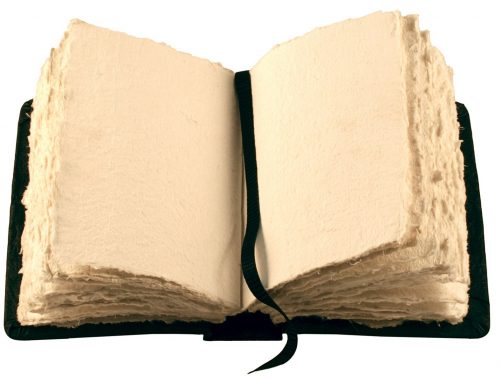
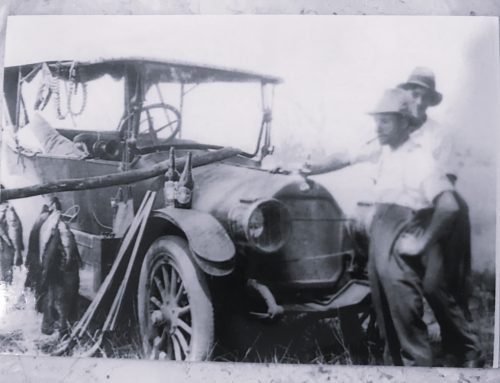
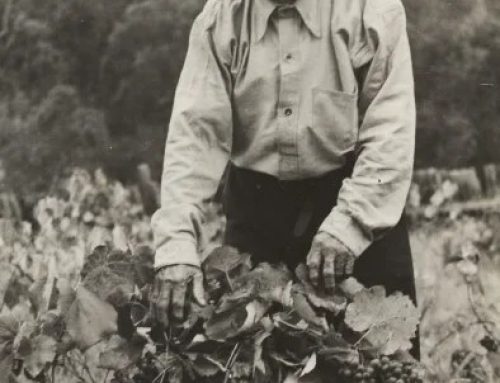
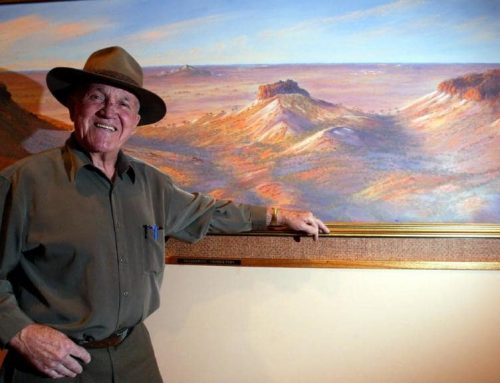
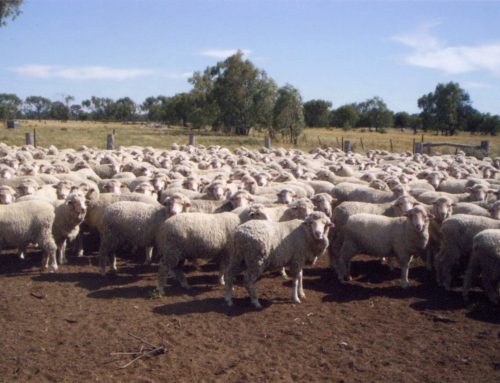
Leave A Comment